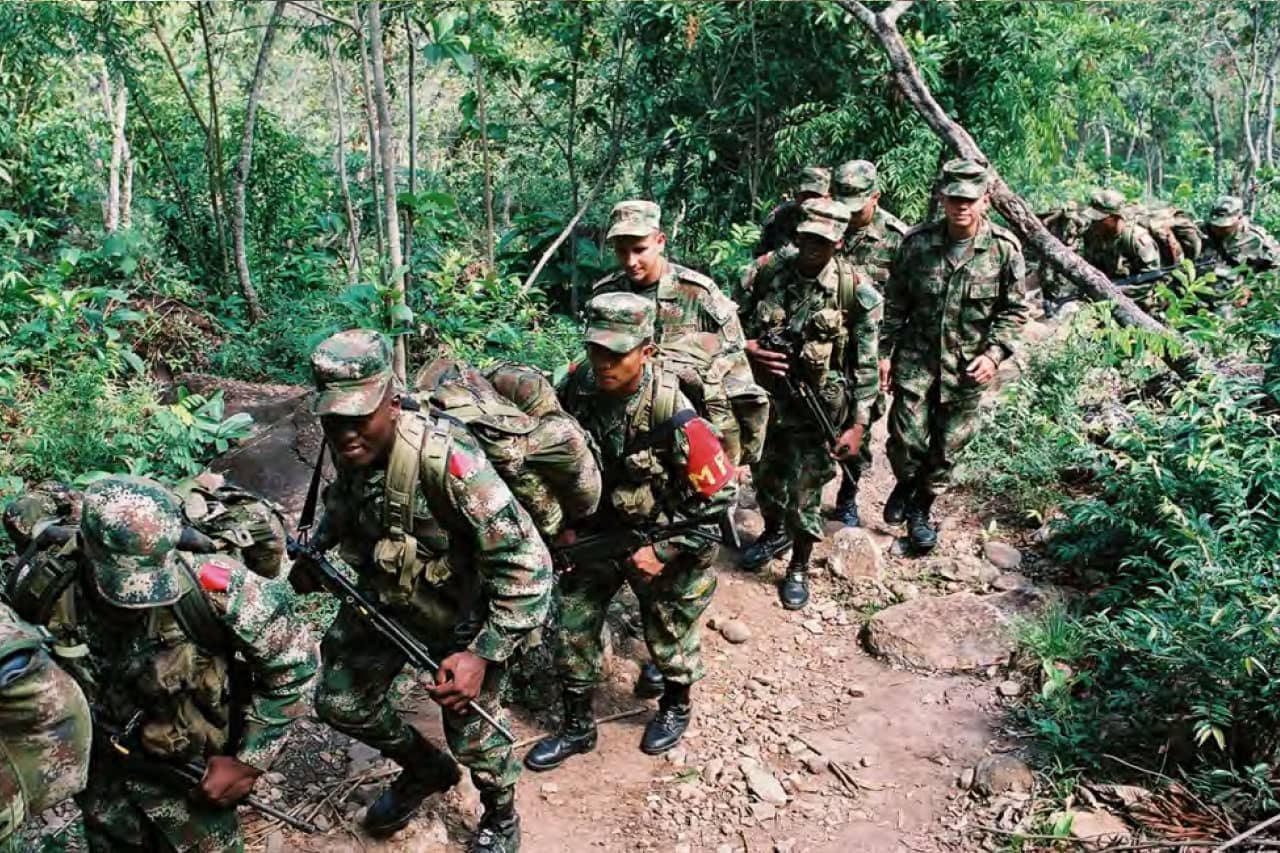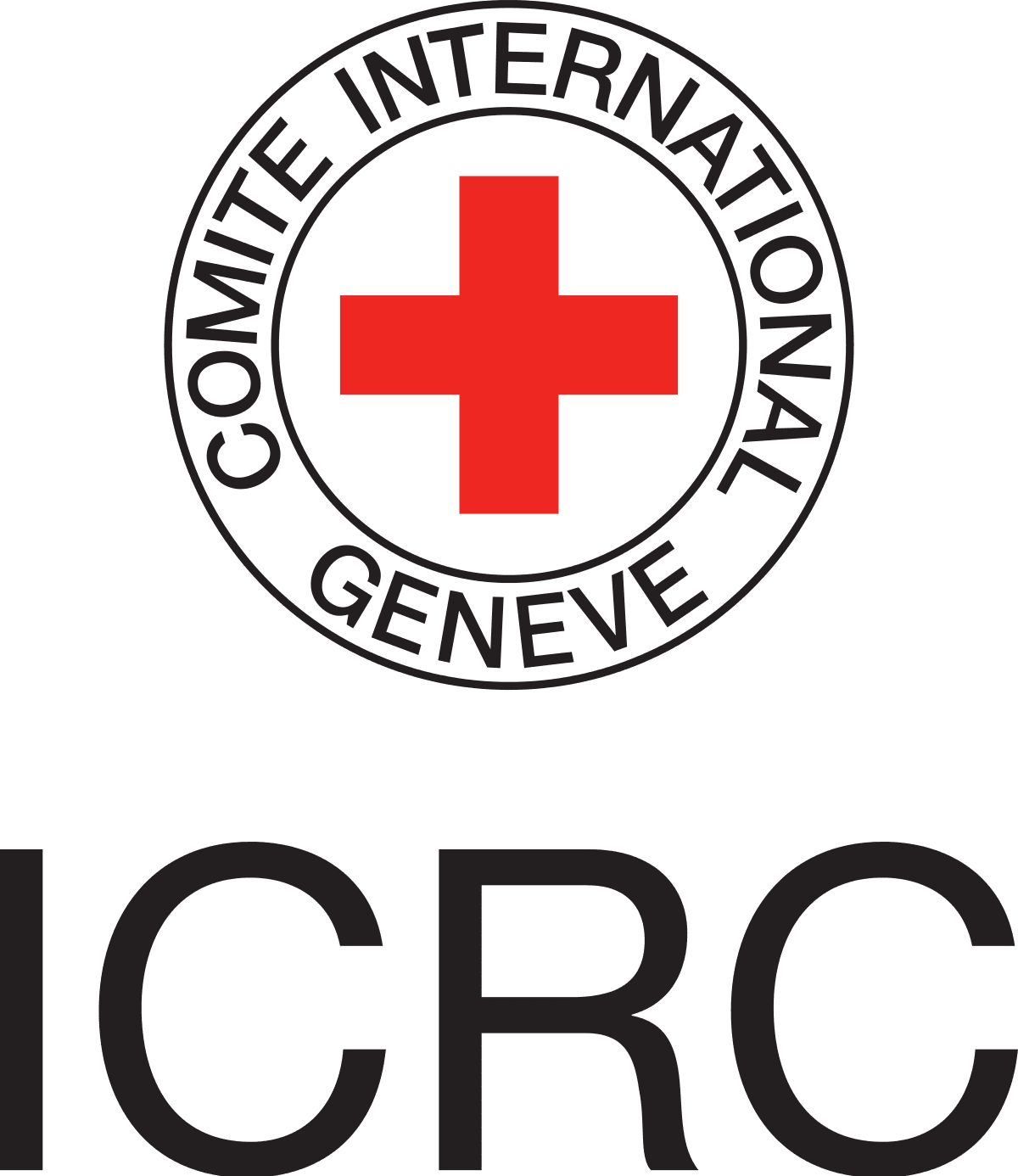Factsheet: Armed Conflict

How does armed conflict impact responsible security management?
Companies face heightened challenges managing their security arrangements and respecting human rights when operating in countries or regions experiencing armed conflict. State security providers or armed groups protecting companies’ staff, assets and operations may engage in violations of international humanitarian law (IHL) or in serious human rights abuses.
Furthermore, factors such as weakened state governance structures, enhanced securitization, societal polarization, emergency measures, and a history of grievances or injustices increase the potential that a company’s actions may exacerbate the conflict.
Businesses are not neutral actors; their presence is not without impact. Even if business does not take a side in the conflict, the impact of their operations will necessarily influence conflict dynamics.
UN Working Group on Transnational Corporations, Business, human rights and conflict-affected regions: towards heightened action
In situations of armed conflict, additional legal obligations may apply to companies and their personnel stemming from IHL. Failure to comply may translate into civil and criminal liabilities, or in the most serious cases into prosecution for war crimes, crimes against humanity and genocide.
Armed Conflict: What Should Companies Do?
Undertake ‘heightened human rights due diligence’ when operating in conflict-affected countries or regions. In particular:
- Take a conflict-sensitive approach to all aspects of business operations when operating in a situation of armed conflict or when there is a risk of armed conflict occurring. This requires a conflict analysis to assess the root causes of conflicts, as well as regular monitoring for signals which suggest the security environment is changing, such as new military operations, imposition of emergency laws or a rhetoric of hate towards specific groups.
- Provide training and consider collaborating with experts in this regard to ensure company security personnel and staff understand and respect IHL when operating in an area where there is a (risk of) armed conflict. Even when operating in a region that is not directly impacted by an armed conflict, the company and its staff must still respect applicable rules of IHL especially if its operations are connected to the conflict.
- Include references to IHL in company policies, even if not (yet) operating in an area of armed conflict.
- Commit to community engagement strategies, including an approach that is sensitive to groups in vulnerable situations such as indigenous peoples, minorities, women and children.
Understand when and where the rules and principles of IHL apply, not only when conducting operations in a conflict zone, but also to sufficiently prepare in case the situation changes.
Be aware of the potential for liability with respect to IHL. Recent years have seen an increase in scrutiny by communities and civil society organizations regarding the roles, responsibilities, and leverage of companies with respect to IHL violations that occur in business operations in countries or regions of armed conflict.
Keep in mind in particular the following issues:
- Occupation: IHL applies to situations of occupation as defined under international law. Any corporate involvement, participating or assisting in settling civilians in occupied territory; maintaining, developing or expanding settlements; appropriating resources; and damaging or enabling the destruction of land and property may amount to (complicity in) war crimes.
- Pillage: Acquiring resources or property without the freely given consent of the owner may constitute the crime of pillage in armed conflict.
- Forced displacement: Forced displacement of civilians is prohibited under IHL, unless the security of the civilians involved or imperative military reasons so demand. Business operations in conflict zones may affect a civilian population’s residential or agricultural land, sometimes to obtain access to resources or establish transport routes. In the past, examples of securing such access have involved an intervention of armed groups and government armed forces to evict residents by force. If this takes place for reasons related to an armed conflict, the forced displacement of residents and landholders may amount to a war crime. The expulsion of civilians by armed groups acting on behalf of a business could give rise to significant criminal and civil liability.
- Effects of hostilities: While civilian employees remain protected from direct attack by law, they are at risk of being incidentally harmed during attacks against any fighters that may be present on a company’s property. Also, as there is no fixed list of what can become a military objective, company premises may, under certain circumstances – such as the presence of warring parties - become a legitimate military objective and be subject to direct attack.
Ensure that actions of public and/or private security providers contracted by the company neither violate IHL nor trigger or intensify violence in conflict prone regions. Companies, as legal entities, and more particularly individuals associated with companies, have increasingly been brought before international war crimes tribunals or other national civil or criminal jurisdictions for war crimes.
Examples of Good Practice
In anticipation of the security risks associated with the presence of armed groups in the area of operations, one oil and gas company proactively carried out a conflict analysis before undertaking seismic operations. The company implemented efforts to preempt or at least minimize negative impacts of business operations in the future.
Recognizing the inherent fluidity of conflict contexts and the consequent impacts on the risk assessment, one infrastructure company in Southern Europe committed to implementing the Voluntary Principles on Security and Human Rights and included a conflict risk assessment and management tool in their general impact assessment process. Conflicts may not be immediately obvious and can be triggered by large-scale socio-economic events. Similarly, the metrics in the toolbox accurately reflected that human rights issues may arise explicitly or implicitly.Source: Human Rights Due Diligence in Conflict Affected Settings: Guidance for Extractive Industries (International Alert, 2018)
Key Resources:
- Heightened Human Rights Due Diligence for business in conflict-affected contexts: A Guide (United Nations Development Programme 2022)
- Business and Human Rights in Challenging Contexts: Considerations for Remaining and Exiting (United Nations Office of the High Commissioner for Human Rights 2023)
- Business, Human Rights and Conflict-affected Regions: Towards Heightened Action (UNWG 2020)
- Business and Armed Non-State Actors: Dilemmas, Challenges, and a Way Forward (CDA 2014)
Practical Tools
- Conflict Prevention Tool: Developing Multi-Stakeholder Strategies (Queens University, Anglo Gold Ashanti, International Committee of the Red Cross, DCAF updated 2024)
- Responsible Business in Conflict-Affected and High Risk-Areas: A Q&A for Companies (Focusright and Swisspeace 2023)
- Armed Conflict, International Humanitarian Law and Responsible Business Conduct: A Compendium of Resources for Businesses (ICRC, Australian Red Cross, the DCAF-ICRC Partnership, and the Australian Red Cross-RMIT University Partnership 2023)
The fact sheet on security and human rights challenges related to armed conflict provides practical guidance on what companies should do to anticipate and respond to situations of armed conflict and practical tips on what to watch out for to ensure respect for international humanitarian law.
Factsheet: How does armed conflict impact responsible security management?
Description
PDF(s)
Resource Type
Geographical Focus
Security
Stakeholder Engagement
Thematic Issues
Responsible Business Conduct


